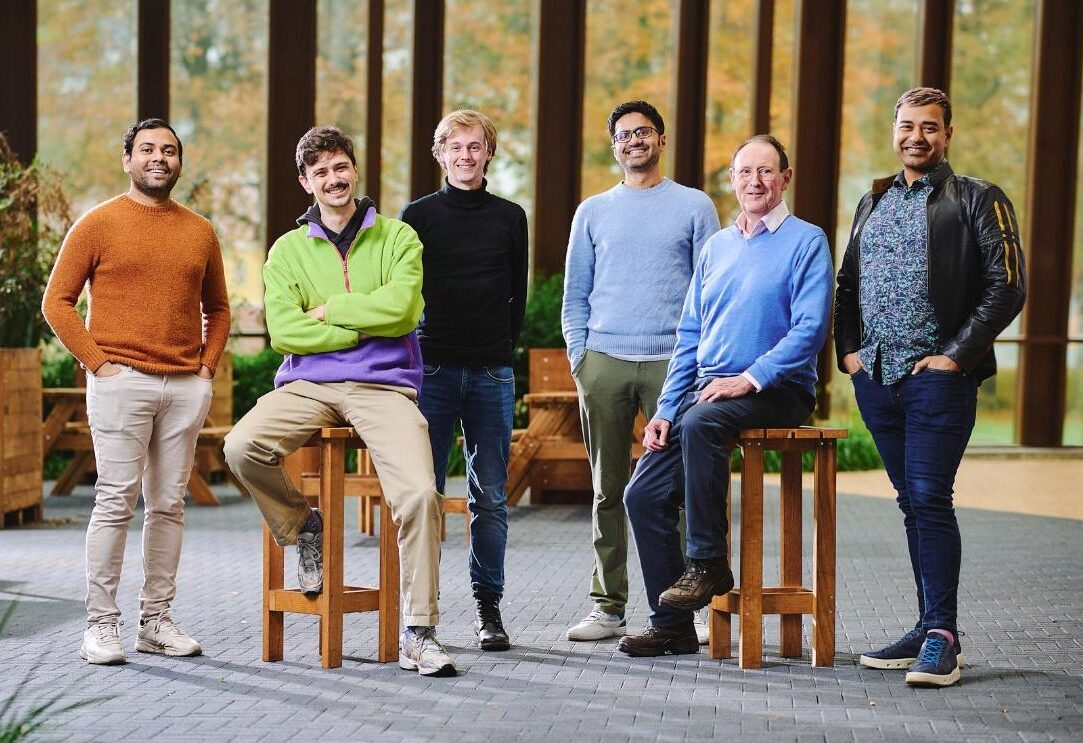Safer infusion therapy for improved patient outcomes
Ensuring Safety in Pediatric Care
In neonatal and pediatric intensive care, the prevalence of flow rate errors in over 60% of IV infusions poses serious risks for vulnerable patients. Factors like occlusions and multi-infusion dynamics contribute to interruptions in flow continuity, as acknowledged by the FDA. Particularly concerning are the delays in detecting flow changes at extremely low infusion rates (< 1 mL/hr) in NICUs and PICUs, increasing the likelihood of adverse drug events and potential harm to fragile patients. Our commitment is to address these challenges and enhance the safety of pediatric IV therapy.
Rely-V
Rely-V is our innovative IV infusion monitoring technology, tailored for the delicate needs of patients in NICUs and PICUs. Our goal is simple: to ensure uninterrupted drug delivery, minimize adverse events, and ultimately improve patient outcomes. With Rely-V, we aim to reduce hospital stays, providing better care for our little patients.
Precise Measurement Near the Patient
Current IV systems miss variations near the patient; Rely-V integrates for accurate drug flow readings.
Swift Alerts and Monitoring
Rely-V continuously monitors, instantly alerting nurses to discrepancies, reducing reaction time critical for fast-acting drugs.
Easy Integration, No Contamination
With miniaturized sensors, Rely-V seamlessly fits commercial IV sets, ensuring zero fluid contamination for peace of mind.
Sencilia is trusted by
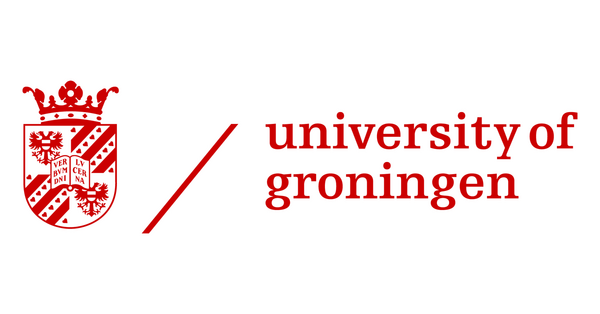

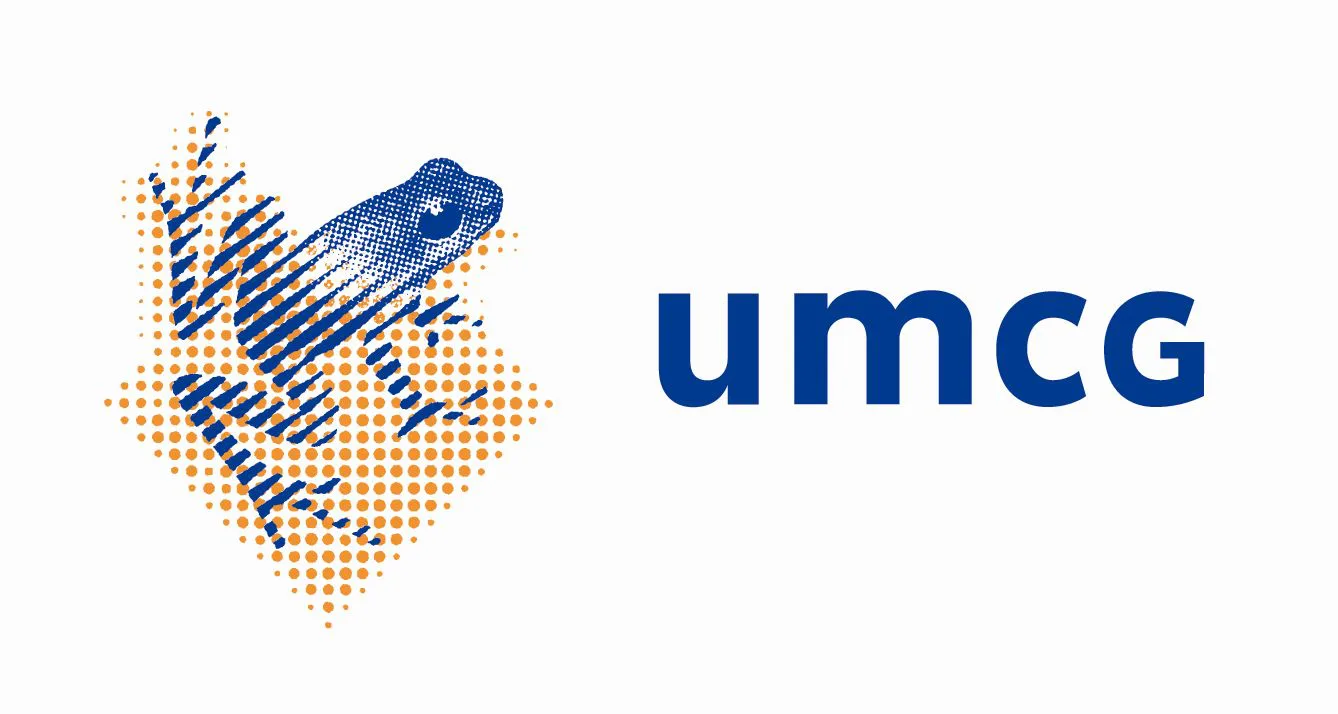



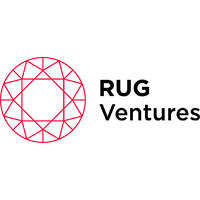

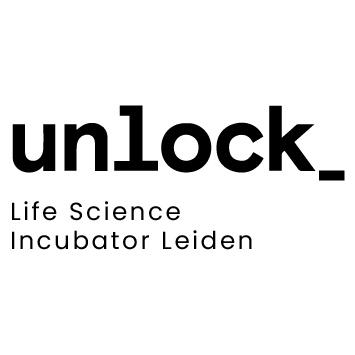
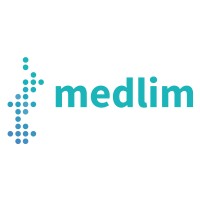
Any questions? Let's talk!
Learn more about Sencilia
Sencilia, founded in September 2021, spun out from the University of Groningen with the mission to enhance the safety of IV infusion therapy for vulnerable patients. Our innovative flow sensor technology is being developed in collaboration with renowned partners such as Erasmus Medical Center and the University Medical Center Groningen. We plan to launch our first product, Rely-V, in early 2026, with the vision of becoming the standard of care in IV infusion therapy by 2030.
